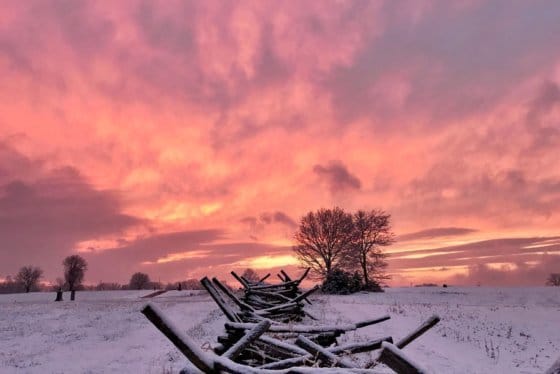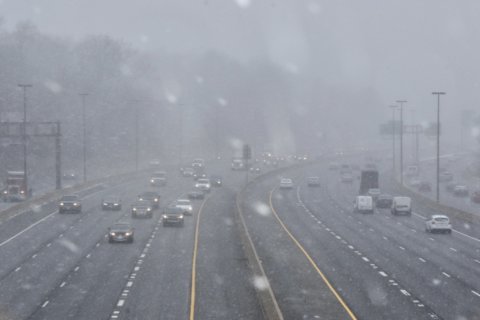WASHINGTON — With temperatures expected to dip overnight, frozen pipes are a threat D.C.-area residents should take steps to prevent.
The first step is knowing where your water shut-off valve is located, said Alison Bibb-Carson, campaign chair for the Metropolitan Washington Council of Governments‘ community engagement and external affairs manager for Virginia American Water.
“The shut-off valves are usually located near the water meter, and if your meter is located outside, the shut-off valve will likely be located on the water pipe or near the water pipe,” Bibb-Carson said.
And the pipes most likely to freeze inside are specifically in the bathroom.
“Your bathroom doesn’t get a lot of heat, so you want to be able to open up your vanities or your utilities closet,” Bibb-Carson added.
In the event you think your pipes might be frozen, she said to check with a neighbor to see if they have water. If not, there may be a water main break nearby. If they do, there’s a good chance your pipes are frozen.
“You want to be able to melt the frozen water by warming the air in the pipes using a warm towel, or a space heater or hairdryer,” Bibb-Carson said.
You should then check to see if your pipes are cracked in order to take the necessary precautions to prevent further damage.
Here are a few more tips D.C. Water recommends to prevent and treat frozen pipes:
To prevent frozen pipes:
- Eliminate sources of cold air near pipes by sealing drafty windows and doors and insulating walls and attics.
- If pipes are exposed to cold air, wrap them with insulation, or even newspaper will help.
- Keep water moving through pipes by turning on the faucet farthest from your main valve to a very small, steady trickle.
- Run warm water through your pipes if you begin to see a decrease in water pressure, to loosen any ice that may be forming within your pipes.
- Keep pipes in cabinets and vanities warmer by opening the doors to those cabinets to let warm air in.
If pipes freeze:
- If you have a frozen pipe, take steps to thaw it to keep it from bursting.
- First, locate and shut off the main water supply valve, in case a pipe has broken.
- Next, open the faucet so that water will flow through the pipe once the area is melted. This will help melt more ice.
- Then, gently apply heat with a hairdryer around the pipe. Keep all sources of heat away from flammable materials and do not use any open-flame devices. Also, do not use devices that will cause the melted ice to boil, as that can also cause pipes to break.
- Call a licensed plumber if you cannot locate the frozen section, if you are unable to reach it or if you are unable to thaw it.
- Check for other frozen pipes in your home or business, especially those along an exterior wall or that bring the water into the building at the foundation.
- Once you have thawed the frozen area, check the pipes for leaks to make sure the ice did not cause any cracks or damage.
For pipes outside your home:
- The service line that runs from the meter outside your home to your indoor plumbing is considered private property and is the owner’s responsibility. If you believe you have a problem on the private-side service line, contact a licensed and registered plumber.
- The water mains that carry water to service lines are highly pressurized and fast-moving, and therefore extremely unlikely to freeze.








